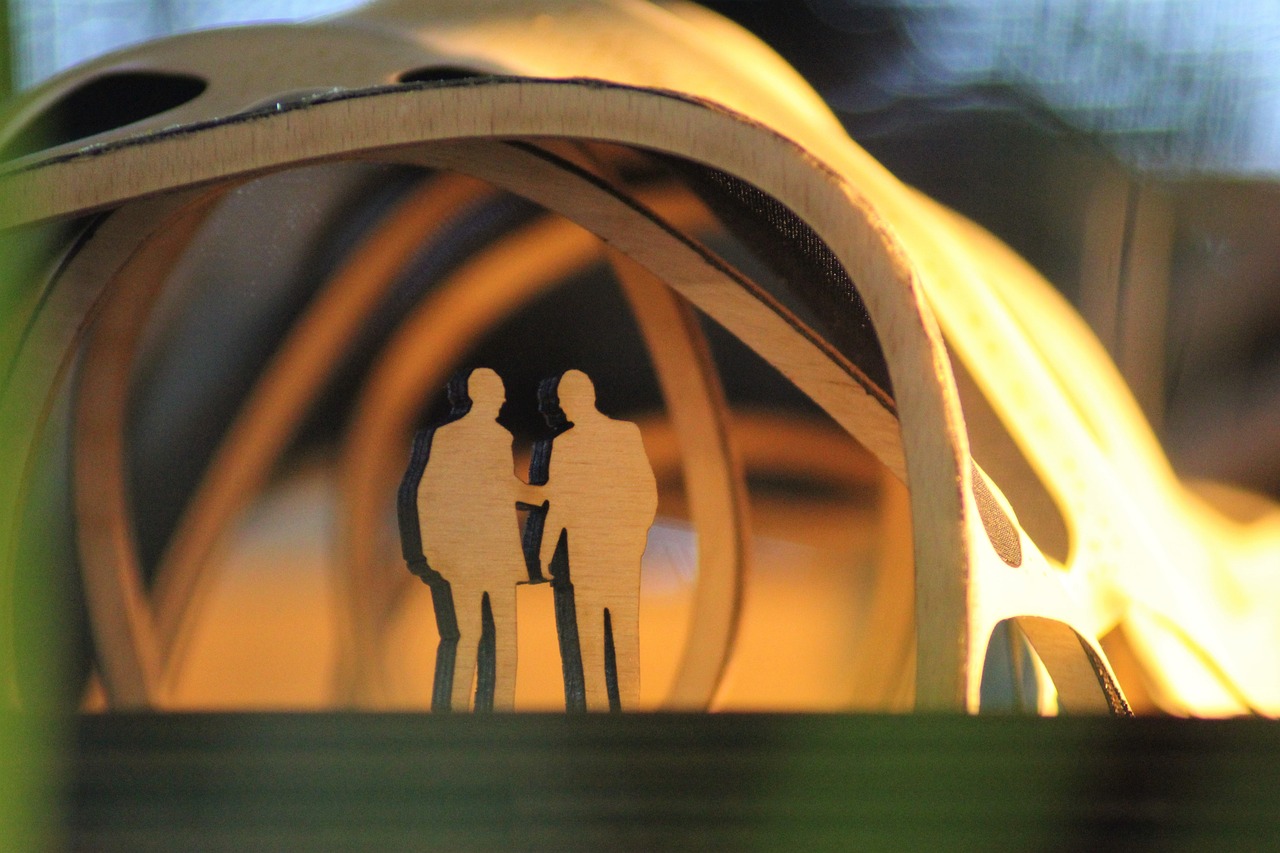Ares, the Greek deity of war, is often regarded as one of the least favored figures among the Olympian gods, primarily due to his impulsive nature, aggressive demeanor, and insatiable desire for battle. His mythos includes a series of notable events, such as his romantic involvement with Aphrodite, clashes with the hero Hercules, and a fateful confrontation with Poseidon, which led to the death of Poseidon’s son, Halirrhothios.
Ares became a popular figure in Greek art, showcasing his more relatable traits among the Olympian gods. Over time, as the Roman civilization rose, Ares was reinterpreted as Mars, the more serious embodiment of war, capturing the admiration of the Romans.
Family Ties
As the offspring of Zeus and Hera, Ares had sisters named Hebe and Eileithyia. While he was a deity, the Greeks associated him with Thrace, a region they perceived as representing barbarism and a fierce dedication to war. Ares sired several children with various partners, some of whom encountered Hercules during his famous labors, leading to misfortunes for them. His daughter Hippolyta, the queen of the Amazons, lost her prized girdle to Hercules, while his son Eurytion faced the loss of his cattle, and the hero Diomedes had his horses stolen.
In Greek mythology, Ares was admired for his appeal and bravery, characteristics that helped him win Aphrodite’s affection—despite her marriage to Hephaistos. Together, they had children, including Harmonia and Eros. The narrative of Ares and Aphrodite’s affair is famously recounted in Homer’s “Odyssey,” where Hephaistos eventually ensnares the lovers in a cleverly constructed trap. Ares faced temporary exile from Olympus as punishment for his transgressions.
The Brutality of Warfare
Ares epitomized the more savage aspects of combat, often depicted as “shield-piercing Ares” and “city-sacking Ares” by the poet Hesiod. In contrast to Athena, who symbolized the strategic side of warfare, Ares was typically found in the company of his offspring with Aphrodite: Phobos (Fear) and Deimos (Terror), alongside his sister Eris (Strife), and his charioteer Enyo.
Conflicts with Hercules
A prominent myth about Ares involved his conflict with Hercules. Ares’ son, Kyknos, was known for his violent ambushes of travelers heading to Delphi, inciting the ire of the god Apollo, who in turn sent Hercules to confront him. After Hercules felled Kyknos, Ares retaliated by challenging him to battle. However, Athena shielded Hercules, allowing him to wound Ares. In another humiliating encounter, Ares was captured by the twin giants Ephialtes and Otus, who imprisoned the god in a bronze vessel for an entire year until Hermes intervened to secure his release.
Ares in the Trojan War
In the epic narrative of the Trojan War found in Homer’s “Iliad,” Ares is portrayed as a supporter of the Trojan cause, often leading them into battle alongside Hector. This representation casts Ares in an unfavorable light, labeling him with names such as “hateful Ares” and “man-killer.” His portrayal highlights his weaknesses relative to other gods, notably when Athena defeats him with a heavy rock and when the Achaean hero Diomedes manages to injure him with the aid of Athena. The agony of the wounded Ares was so profound that Homer likened it to the cries of thousands of men. Upon returning to Olympus, Ares’ complaints go largely unheeded by Zeus, who instructs Paieon to tend to his wounds.
The Athenian Legacy
Ares brought discord to Olympus on another occasion with the killing of Poseidon’s son near Athens. A trial, known as the Areopagos, was held, resulting in Ares’ acquittal when it came to light that Halirrhothios had assaulted Ares’ daughter Alcippe. This court eventually became a significant judicial authority in Athens for cases of murder and sacrilege.
In Sparta, Ares was held in high regard due to the city’s martial focus. Although widespread worship of Ares was uncommon, several temples and cult sites dedicated to him could be found in locations such as Crete, Argos, Athens, and Megalopolis, highlighting his significance in various regions.
Ares in Artistic Depictions
In ancient Greek art from the Archaic and Classical periods, Ares is often depicted in full armor, clutching a shield and spears, rendering him visually indistinguishable from other warriors. At times, he is shown driving a chariot pulled by fire-spewing horses. The legendary battle between Ares and Hercules was a favored theme in Attic ceramics during the sixth century BCE.
As Roman culture flourished, Mars inherited many of Ares’ characteristics but was generally imbued with more stoic qualities, reflecting the Roman perspective of deities. Mars was integral to the founding myths of Rome, being the father of Romulus and Remus, and he gained a sacred status within the city, similar to how Athena was regarded in Athens.



